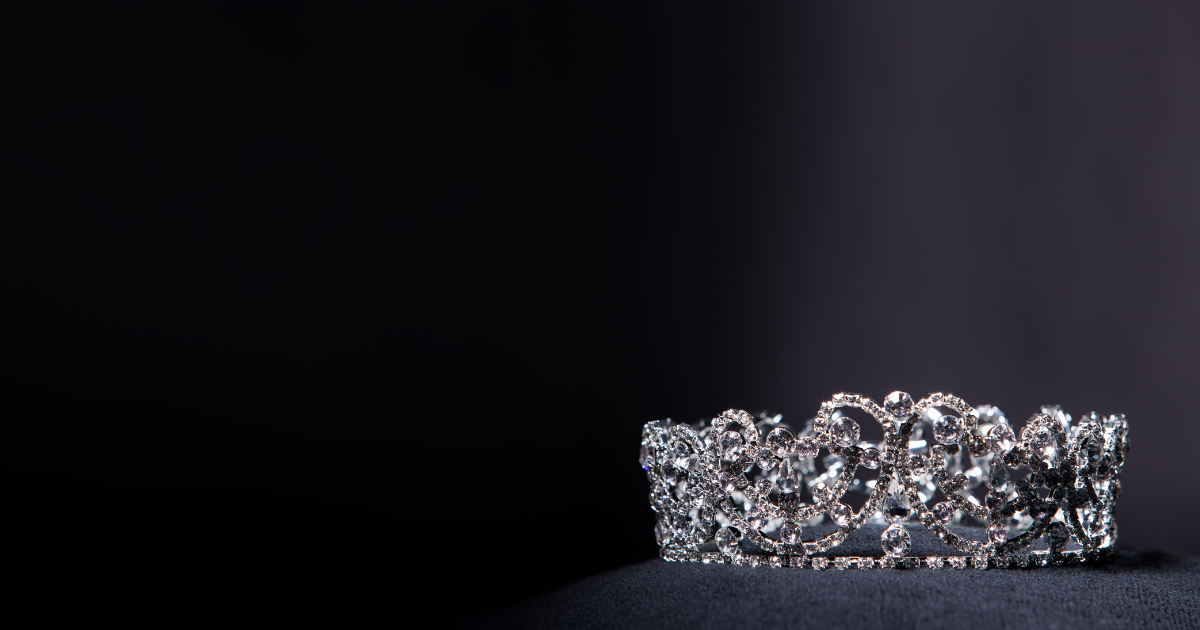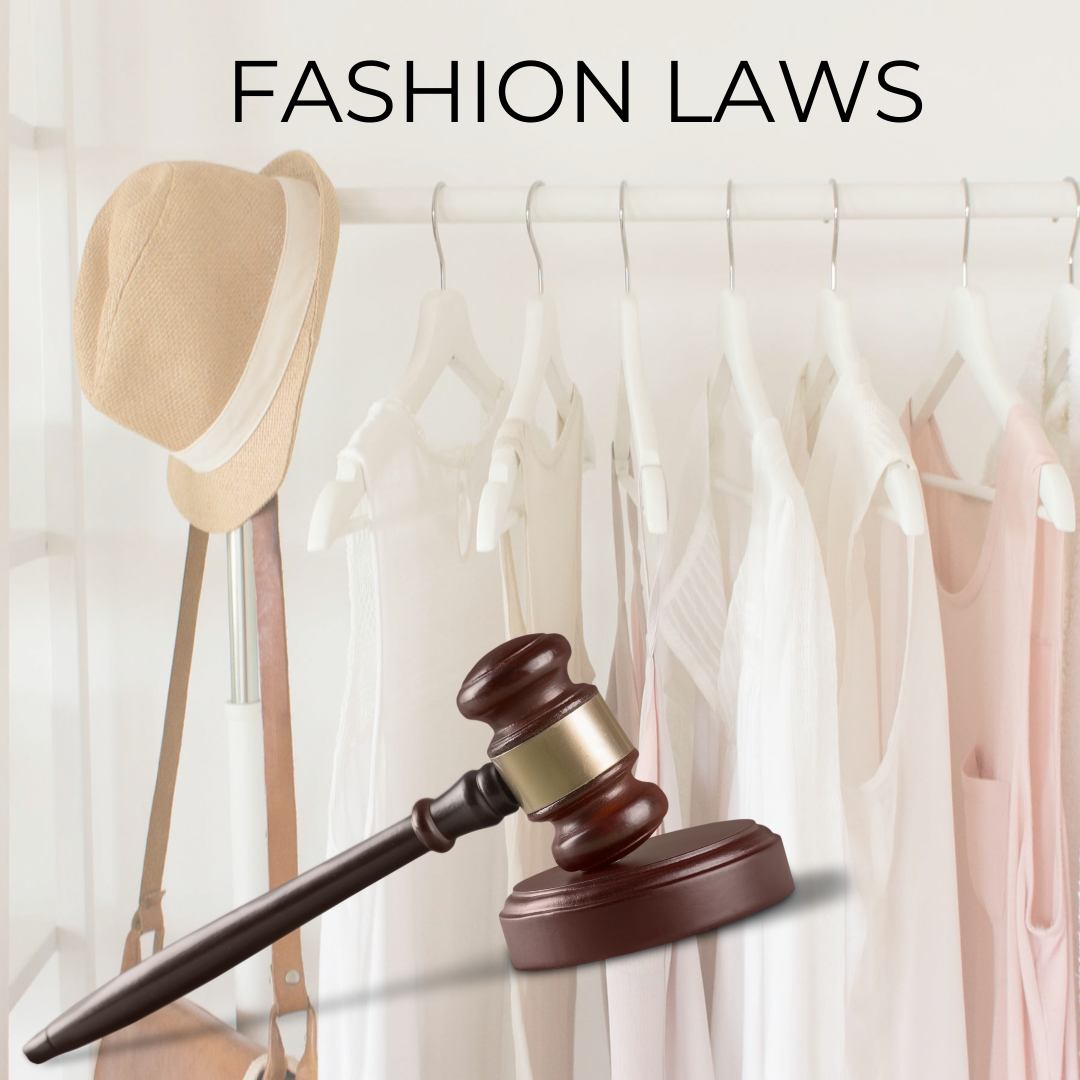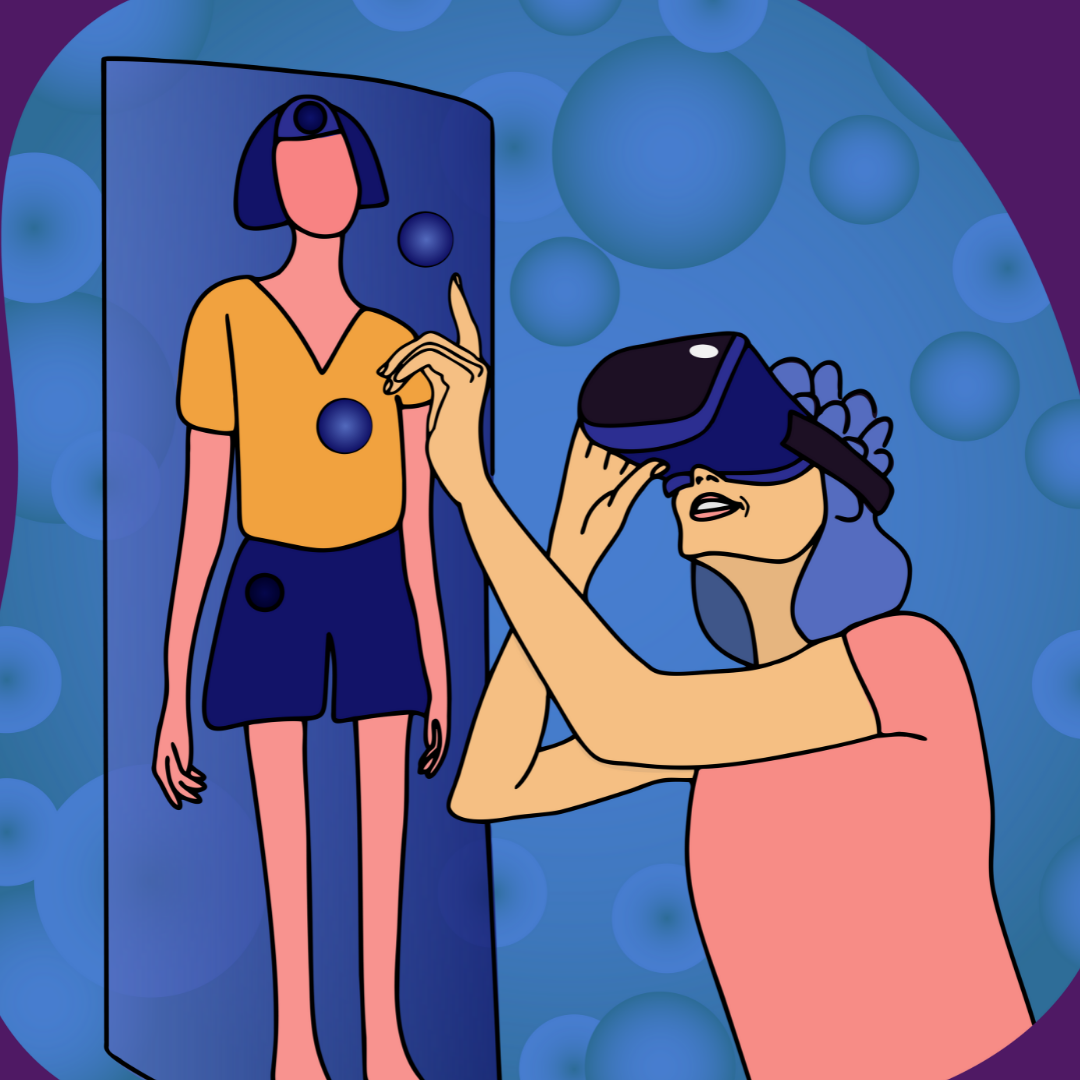In the last couple of years have you been seeing a rise in smartwatches and fitness trackers among your friends, colleagues, and family? Well, welcome to the era of wearable technology. When the internet, phones, tablets were gaining attraction, little did we realize one day we can wear technology? They have become part of our everyday lives, be they small kids, women, or senior citizens. Over the last ten years, wearable smart devices, which are now known simply as wearables, have created a strong market for themselves. The global wearable technology industry is predicted to reach $47.89 billion in 2021, up from $40.65 billion in 2020. Smartwatches and fitness trackers are the most known wearables but there is a lot of new smart wearable technology out in the market. They aren’t restricted only to these.
Smart clothes are gaining popularity too. Clothes provide social, psychological, and physical roles, which can be enhanced with the application of technology. Combining your aesthetic and fashion sense with modern technology, smart clothes, digital textiles, and other accessories are creating a space among fashion enthusiasts. They cater both to the functional and aesthetic needs of society. When it comes to the functional aspect, fashion designers, as well as engineers, try to simplify the lives of their users and provide them with convenience. The best example of this is smartwatches as they help you keep a check on your health, communicate at the same time and look fashionable. Another different take on wearables is smart fabrics. These fabrics interact with the user by sensing body movements. One of the earliest attempts at clothes infused with technology was done by Pierre Cardin, a French fashion designer in 1967. A fashion exhibition called Body Covering held in New York City in the Museum of Contemporary Craft in 1968 showcased technological wearables including certain clothing which were temperature sensitive and dresses that would light up and made noises at parties. Athletes wear clothes fitted with many miniature IoT (Internet of Things) sensors which helps them keep track of every move allowing them to improve their swing, kick, or any other movement. Similarly, smart jackets which reduce or increase the body temperature according to the user, trousers that use body heat to produce energy enough to charge smartphones and so on are being introduced. Although wearables are new in the market, they are attracting attention from different types of consumers. They allow the users to gain various data and can store and compute this data. While this is creating a niche for itself in the consumer world, there arise certain legal and regulatory issues which need to be dealt with. This article will explore the same.
PRIVACY AND WEARABLES
The most important issue that comes up when we talk about wearables is privacy. People value privacy and it is has become a fundamental right under article 21, that must be respected. These wearables are affecting the privacy and personal lives of people. There is a breach of data privacy of the users. These wearables have the potential to collect and share the data they collect. The watches that people wear to track health collect some other information that isn’t usually thought of, like the purchasing patterns and their geographical data. Consider this, when people use their fitness watches they link them with an app that collects all the data and stores them in the connected mobile app. When they download these apps, they allow the parent company to collect and store the information including their personal information like photos and videos taken, their height, weight, gender, credit card details, birthday etc. Also, these apps require you to accept “cookies” which allow the companies to understand their browsing preferences. The service providers and the manufacturers need to now look more into protecting the issues of privacy of individuals and they need to implement focal point strategies. This data can be used to make health profiles of the users which can have both financial and psychosocial harms for the users. Some of the financial harms could be the denial of insurance or having to pay higher insurance premiums, losing a job, and being unable to find work in certain industries. When it comes to psychosocial disadvantages, individual stigma and exclusion from communities based on health data obtained might be observed, which is a common practice in India. Wearables are Internet of Things (IoT) devices that pose a new threat to privacy and people don’t understand the extent of data that is being collected.
When it comes to privacy, there lies a myth of anonymous data. When data comes to the companies it is usually in a de-identified form. It should be noted that this anonymous data collection is not enough to protect the data. A working paper from Harvard showed that some researchers were able to “re-identify” the de-identified publicly data which was available in Personal Genome Project.
In India, there have been few landmark judgments about the right to privacy in K.S. Puttaswamy v. Union of India (2017). When it comes to data protection there is a lack of legislation. Under the Information technology Act, 2000 the data collected from wearable devices can be used as information in electric form and can be referred to as electronic records. Under section 79 of the IT Act, the wearables act as “intermediaries”. The cyber legal compliance and the intermediary guidelines under the IT act applies to wearables devices.
LEGISLATIONS AND REGULATIONS IN INDIA (PROPOSED)
- Personal Data Protection Bill
- Digital information security in Healthcare Act (DISHA)
- Reconciling the Personal Data Protection Bill and the Digital Information Security in Healthcare Act with regards to regulations on consumer-orientated fitness trackers
LEGISLATIONS AND REGULATIONS IN INDIA (EXISTING)
- Information Technology Act 2000 (amended by IT (Amendment) Act 2008)
- Electronic Health Record Standards (2016)
WEARABLES AND INTELLECTUAL PROPERTY RIGHTS
When it comes to wearable technology, there is a lot of challenges when it comes to intellectual property rights. Since many more wearables are entering the market, a lot of copyrights, patenting and design issues are coming up. It should also be noted that a lot of intellectual property is also being generated between the user and wearables. Companies need to look into this intellectual property both inside and outside of their devices. They need to protect the components of a device, the design, performance and all the content. There are a few methods to protect intellectual property.
- Patent
Patenting is a good way to combat rival functional technology. Patents give inventors the right to prevent others from creating, selling, using, or importing products that violate the patent’s rights.
- Trade Secret Protection
By keeping a particular technology, a secret, companies can protect the technology from misappropriation. When it comes to a global marketplace, reverse engineering is common, but trade secret protection might not protect the investment that was made for the development of the technology.
- Trademarks
They can be used to protect the brand name of the device and of the technology that has been used.
- Trade Dress
This can be used to protect some of the nonfunctional parts like the appearance of the device or the packaging. It is dealt with in Section 9(3) of The Trademarks Act 1999.
- Design Patents
As wearables are now becoming more of a fashion statement, this has allowed them to protect the design features through design patents. It is cheaper than utility patents and easier to obtain.
Wearable and EU GDPR
General Data Protection Regulation (GDPR) regulates the data protection and privacy laws for the people in European Union. It was established in 1995 to address the transfer of personal data beyond the EU. Wearable devices will face scrutiny as privacy becomes an important element when it comes to GDPR compliance. Hence, with respect to wearables, the way personal data is processed needs to be carefully looked into and aspects regarding sharing of data with third parties have to be addressed under GDPR. Under GDPPR, the right to be forgotten and the right to be automatically profiled are guaranteed. Therefore, consent needs to be obtained before processing any kind of personal data. As a result, it can be concluded that GDPR is trying to enforce consent in a specific and stated manner, instead of obtaining consent through the fine print.
Jurisdiction
When it comes to a jurisdiction with respect to wearables, it will be a tricky situation. How the data is processed and shared with different sources, it is harder to understand the jurisdiction under which the issue will fall, and which law will govern a particular situation. This will be a topic of debate between the various stakeholders and lawmakers.
Wearables as evidence
In many countries like Canada and USA, wearables like Fitbit are used by lawyers as a form of admissible evidence and the same is accepted by courts. While dealing with such cases courts must balance the privacy of people and consider the advantage of such technologies.
This balance was first put to test in the case of Commonwealth v. Risley. In this case, the defendant was “wrongfully” charged with the offence of sexual assault. This was a landmark case as it allowed for more lawsuits involving data from wearables as evidence. Ms Risley claimed that she was sexually assaulted, but the data collected from her Fitbit indicated that she was awake and walking when the incident occurred, thus contradicting her claims. This information discredited her allegations, and she was charged for filing a false report.
In Canada, a law firm used Fitbit to seek personal injury claims. In 2014, a young woman was met with an accident. Her lawyers tried to establish the degree of her injuries by using the data collected by Fitbit after her accident. The data revealed that activity level had dropped below that of a woman of her age. This became the first case where the attorney was able to demonstrate how the client’s lifestyle has been impacted because of the injuries sustained using a Fitbit.
In the US, a 90-year-old man was charged with the murder of his stepdaughter by the police using data collected from Fitbit. The victim was a 67-year-old woman, and she was found with a knife in her hand in a manner indicating that it was suicide. The murder is denied by Anthony, who says that he only visited her for 15 minutes to bring a pizza. The data collected from Fitbit indicates that her heart rate spiked and slowed down during his visit.
CONCLUSION
Now that wearables have found their way into the world of fashion and technology, the legislation, jurisprudence, policymaking, and regulatory aspects need to be improved. There exists a lacuna that needs to be investigated by the policymakers and important stakeholders. Since there is an absence of any international or national law dealing with wearables, the service providers need to be more careful with the data protection of the users and not be involved in any kind of violation of the intellectual property rights of others. Due diligence and extensive care should be carried out while performing their responsibilities under the law. The ambit of the IT Act should be expanded to investigate the nuances concerning wearable technology. Now since they are used as evidence in many western countries, courts need to deal with what is admissible and issues of practicality. More and more debates would arise regarding the legal aspects of wearable technology in the coming years, and I hope this article helps people understand the issues relating to the same.

















